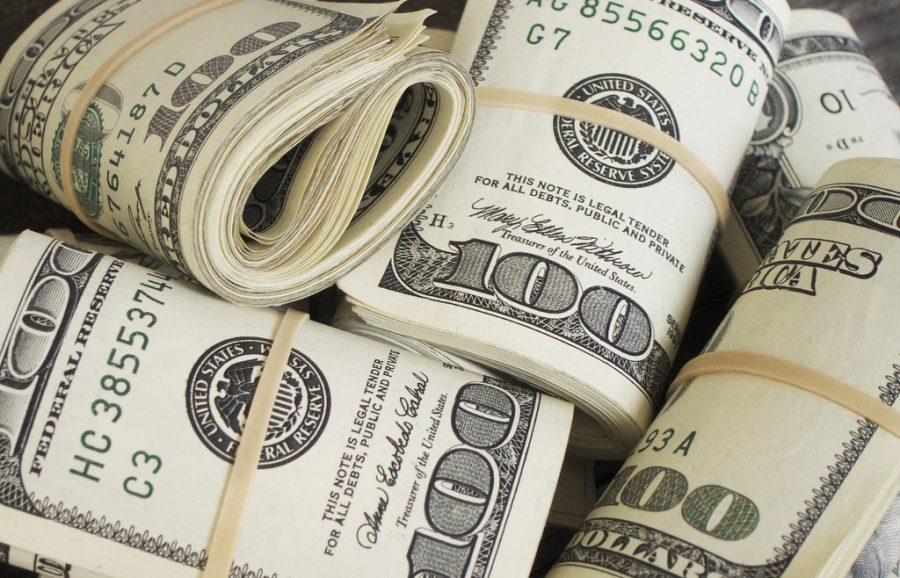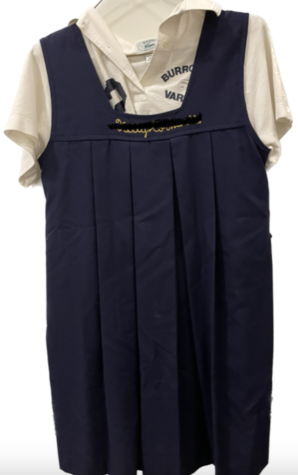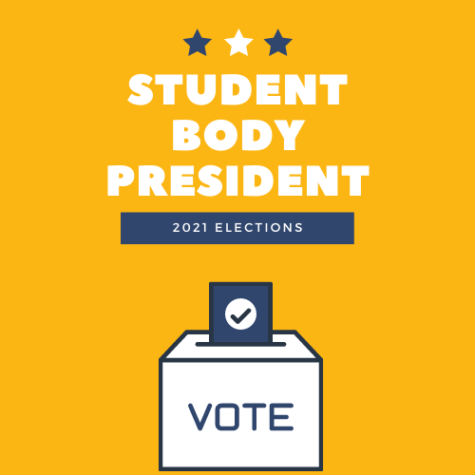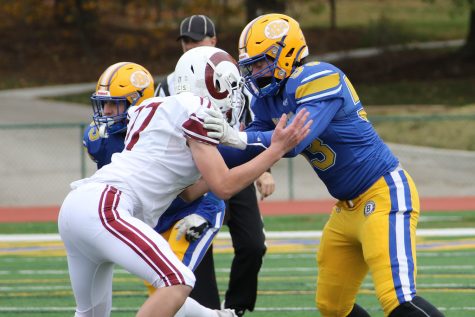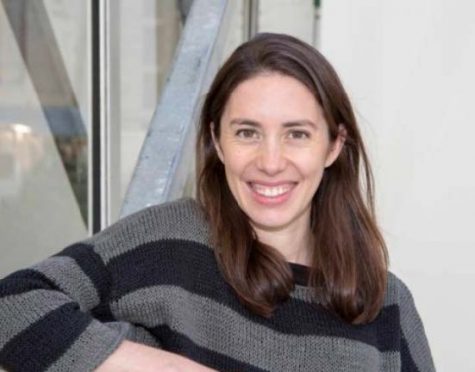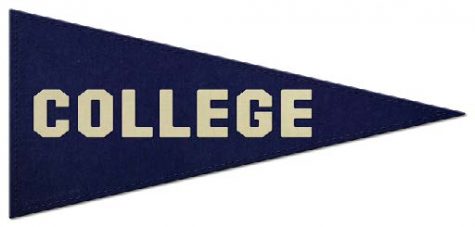Where Tuition Goes
December 15, 2019
The Burroughs tuition currently amounts to $29,400, and increases almost every year. By the end of the Burroughs experience, this amounts to a whopping $176,400, not taking into account the extra costs it takes to educate a student. These large numbers ask the question, where does the 18 million dollars of tuition income at Burroughs go?
When asked where she thought tuition went Savannah Gafford (‘23) guessed, “maybe field trips or something.” Many other students don’t seem to know where the tuition goes. As headmaster Andy Abbott stated, “Tuition is a conversation that takes about ten hours,” and is extremely complicated.
One common misconception is that Burroughs relies solely on the money gained from tuition in order to fund its annual operating budget of approximately $23 million. Tuition, in reality, only covers about 79% of the budget, or $18 million. The other 21% mainly comes from the endowment fund and annual giving. Each year, Burroughs takes a small percentage of a large saved donation fund, called the endowment, and puts it towards the operating budget. This year the budget received just under $2 million from the endowment, about 8.6% of the yearly budget.
Annual giving is another contributor, where parents and alumni of Burroughs are asked to give an amount of money to the school. This year, JBS received $2.32 million, from annual giving, which makes up 10.1% of the budget. Plus, the Bookstore income amounts to around $110,000 a year. Thus, tuition is not the only way that Burroughs, and most independent schools, fund their institution.
After Burroughs obtains this $23 million, comprised of tuition, endowment, and annual gifts, where does it end up? Mr. Abbott said that the majority of the yearly budget is used for salaries and benefits for employees on the John Burroughs payroll. This amounts to about $15.9 million, or about 69% of the expenditure budget. Heating, cooling, ground maintenance, classroom supplies and other similar expenditures take up about 18% of the budget. Another misconception is the idea that the tuition pays for the renovations and additions to Burroughs, but in reality, the funds for these capital projects are completely separate from the operating budget. The money used to pay for new buildings and other additions comes from a capital campaign for a specific cause.
Mr. Abbott said that the majority of the yearly budget is used for salaries and benefits for employees on the John Burroughs payroll.
— Mr. Abbott
The last main category of expenditure is tuition aid. Burroughs strives to admit a diverse class regardless of financial status, and therefore, about 8.4% of the yearly budget is devoted to tuition aid. According to the projected budget for the 2019-2020 school year, Burroughs is currently giving $1.9 million dollars of financial aid to students. Next year Burroughs plans to increase the funding for tuition aid to $3.27 million. Mr. Abbott explains that, “We give more money for tuition assistance than we did ten years ago. There were probably 20% of the students receiving tuition aid, but now 24.3 % of people receive tuition aid.” An increase of 4.3% of students who receive tuition aid may seem minuscule, but it takes $600,000 to support this seemingly small percentage of students.
From last school year to the current one, tuition increased by just under $1000, which brought Burroughs approximately $766,080 more in income, contributing to the $984,500 total change in expenditure budget.
Burroughs works every year to limit the tuition increases. This year, they achieved a record low 3.23% increase, the lowest in 50 years. But this is difficult, due to the increase in necessary expenses, as wells as other variables like inflation.
